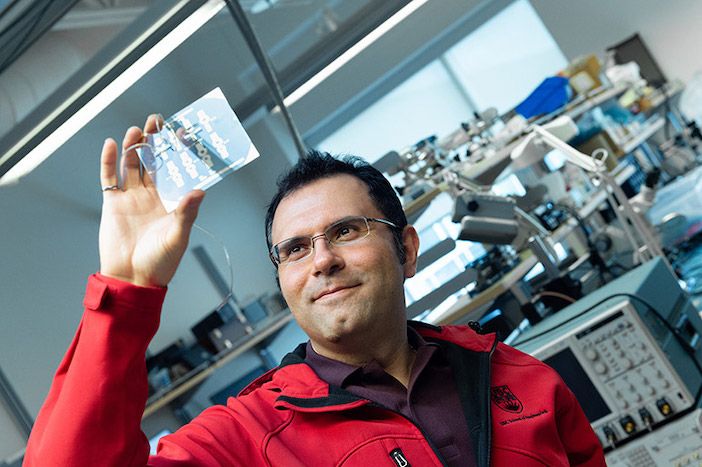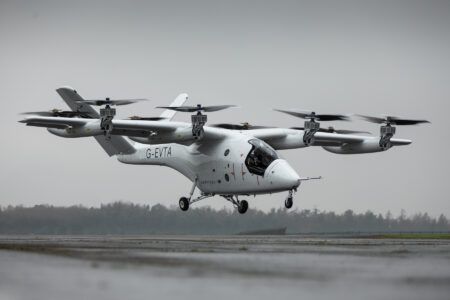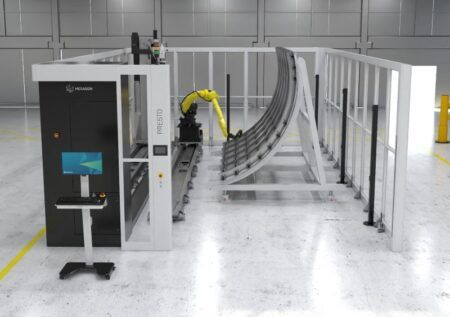Canadian researchers are improving the way sensors detect the build up of frost and ice, so aircraft operators can better address the risks related to ice build-up during flight.
In a follow-up study from one released previously this year, Assistant Professor Mohammad Zarifi and his team at University of British Columbia, Okanagan Campus (UBCO) Okanagan MicroElectronics and Gigahertz Applications (OMEGA) Lab, have broadened the scope and functionality of their ice sensors.
“We received a great deal of interest from the aviation and renewable energy industries stemming from our initial findings which pushed us to expand the boundaries of the sensor’s responsiveness and accuracy,” explained Zarifi.
Ice build-up on aircraft can impact the safety and efficiency of systems and in this latest research, the researchers focused on improving the real-time response of the sensors to determining frost and ice build-up. The sensors can identify in real-time these accumulations while calculating the rate of melting. This is crucial data for aviation, for keeping flights on time.
“Power generation output of wind turbines diminishes as a result of ice accumulations,” he adds. “So, the industry sees great promise in sensing and de-icing solutions that can mitigate those reductions in efficiency.”
Zarifi said that the patented sensor, which includes a protective layer, is now being tested by the aviation industry through a rigorous approval process and funding from the Department of National Defense will enable his team to continue to improve the sensor’s capabilities.
The research team’s latest innovation is the capability sense salty ice, which freezes at colder temperatures. Interest in understanding and monitoring saltwater ice formation is increasing due to issues caused by saltwater ice on oil rigs and marine infrastructure. Zarifi and his team at OMEGA Lab are working towards the introduction of microwave/radar-based technology to address this challenge.
By incorporating an antenna into the sensor, the results can be shared in real-time with the operator in order to address the build-up. Zarifi said his team is as excited as the industry partners to see how their microwave and antenna, which have proven to be durable and robust, can be modified for various applications including ice and moisture sensing.





